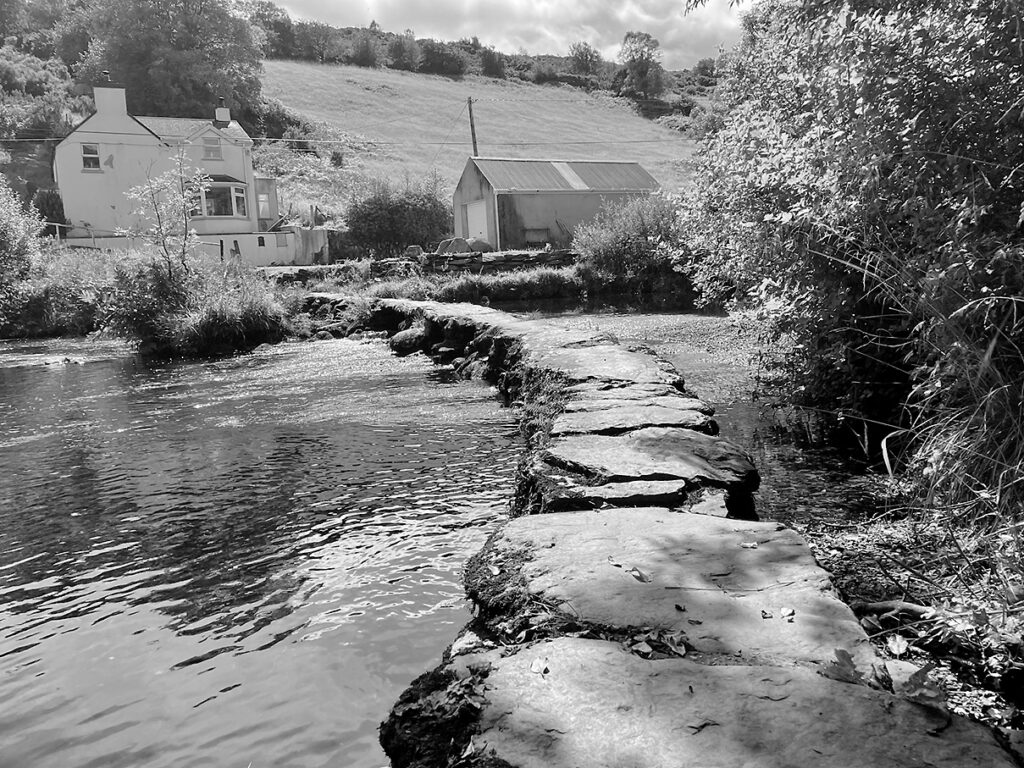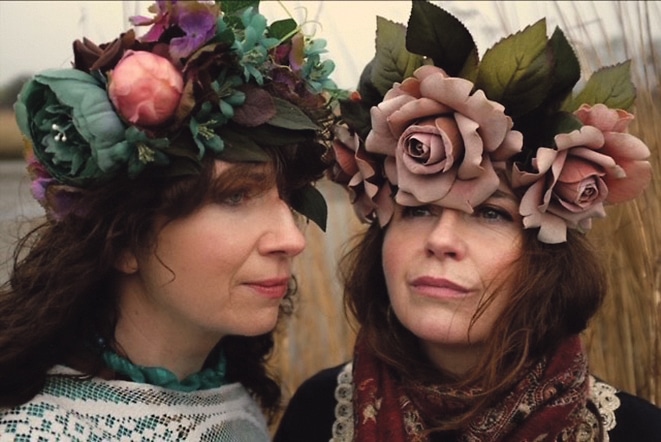
A new book ‘The A to Z of Curious County Cork’ exploring the historical curiosities within Cork county’s sweeping river valleys, epic mountainous locations and sprawling coastline has just been published.
County Cork is the largest county in Ireland with a heritage that has been written about, celebrated and commemorated over many centuries.
Within the book author Kieran McCarthy looks at the many sites and stories to encounter, which sweep the reader off to ancient underground worlds to myth-making landscapes and ghostly tales. From apparitions to zoomorphic images, the county possesses a myriad of tales to stop the explorer in their tracks, which all add to County Cork’s strong sense of place.
The A-Z of Curious County Cork by Kieran McCarthy:
A sneak peak….
Censor
In 1941, the writer Eric Cross, fascinated by the vistas of Gougane Barra and the lives of its people, penned a series of articles in The Bell about two larger than life residents of Gougane, the Tailor, Tim Buckley, and his wife Ansty (Anastasia). Eric Cross was born in Newry, County Down, in 1905 and was educated as a chemical engineer. With no direct relationship with Tim Buckley and Ansty, he encountered the couple on a holiday to West Cork in the late 1930s or early 1940s. His interest in human nature brought him back to Gougane on several occasions and to interview the Tailor at length about his life.
The book – The Tailor and Ansty – was a result of Cross listening many nights to the Tailor’s stories. It was published in 1942, and a hail of condemnation descended on Cross. The book was debated for four days in Seanad Éireann in 1943 after Sir John Keane tabled a motion condemning the censorship board for banning it. When Sir John Keane insisted on quoting from the book, one senator ordered the quotations to be stricken from the record in case ‘pornographers might get their hands on them and peddle them in the marketplace’.
In a letter to the editor of the Irish Press, published on 15 October 1942 (p.3), Eric Cross defended the book: I wrote the book, The Tailor and Ansty, about a man who has been my friend for many years. The manuscript, before publication, was read by many other friends of the Tailor. When published it was received with gratitude by them and was reviewed enthusiastically by every Irish paper without any exception or objection. Last week the book was placed on the list of banned books by the Board of Censorship. Having stood the test of test of acceptance by the many of who are friends of the Tailor and the Press of Ireland. I must protest against the inference created by this ban. In his introduction to the reprint of the book in 1964, Cork short story writer Frank O’Connor noted: ‘Tis a funny state of affairs when you think of it. It is the Tailor himself speaking. The book is nothing but the fun and the talk and the laughter, which has gone on for years around the fireside.’ The Tailor and Ansty was the first book, eventually, to be ‘unbanned’ in Ireland.
Children
Near the scenic village of Allihies in the Beara Peninsula is the curious and small white boulder site that according to folklore is where the children of Lir are buried. The story of the children is a famous legend in Ireland. Indeed, there are many areas in Ireland that allege to be the landing spot of the swans after their 900-year journey on the seas and lakes of Ireland. A sign posted by Beara Tourism relates the myth of a jealous stepmother and her banishment of her stepchildren to roam as swans for 900 years: The children were the sons and daughters of Lir, a member of the Tuatha de Danaan clan, who married Eve daughter of King Bov the Red, King of the Tuatha de Danaan. Eve and Lir were blissfully married and had a set of twins – Aed and Finola, and after a short period there followed another set of twins, 2 boys, Conn and Fiara. Unfortunately, Eve died soon after and Lir, not wanting his children growing up without the love of a mother, married Eva, King Bov’s second daughter. This was a happy marriage until Eva became jealous of Lir’s devotion of his children. Overcome with hatred she brought the children to Lough Darravagh near their home and transformed them into swans. Realising what she had done and overcome with remorse, she attempted to release the spell but could only ease their distress by enabling them to speak and sing and to remain as swans for 900 years until Christianity was introduced into Ireland. The swans spent the first 300 years on Lough Darravagh close to their home. The next 300 years was spent on the Sea of Moyle, a cold and desolate area between Scotland and the north of Ireland. The last 300 years they endured on the Atlantic Sea. When their time was over the swans, attracted by the ringing of a bell rung by a monk living in Allihies village in the Beara Peninsula, came ashore and immediately were changed back into their human form. The children were by now old men and women (and) were baptised by the monk. A short time later they died and were buried under these large white boulders. Pilgrimage rounds are still made by the local people circling the boulders. Money is still placed on and under the boulders as an offering to the children.
Commune
Off the beaten track near Leap in West Cork is the townland of Clounkeen, where there is an elaborate memorial plaque to William Thompson (1775–1833) and to his ideas of a commune for the local area. Thompson was a pioneer of Socialism, women’s rights, workers’ rights and tenants’ rights when these concepts were very novel indeed. At the unveiling of the memorial in September 2001, Michael Tobin of Rosscarbery Historical Society gave a detailed account of his life and times. Born in Cork City, it seems that William Thompson was self-educated. He was well read in both French and English. He studied the texts of the socialist philosophers in Europe. He tried to apply the teachings of the French and other continental socialists and philosophers to relieve the extreme poverty of the people here, who were exploited by unjust and corrupt landlords. William was 39 years old when he inherited his Leap estate. He was not an absentee landlord. Between 1824 and 1830 he wrote four major books in his specially constructed turret. His fourth and final book was about the co-operative movement, which was written in 1830. William had plans to begin a Co-operative Community in Carhoogarriff, and in his will he bequeathed his property to thirteen trustees to apply to co-operative purposes. According to local tradition, William had laid the foundation of his community centre in Carhoogarriff. He had prepared a draft constitution of his own community. It offered the complete freedom of thought and expression on all subjects without regard for the feelings of others. Religion was to be a private concern. Women were to be entitled to advance to all political offices and jobs. In 1833 William died before his ambitious plans could be completed.
In time his works were studied by Karl Marx during research for Das Kapital. He was described by James Connolly as the ‘first Irish socialist’. It was over sixty years after William’s death, in 1894, that Horace Plunkett founded the farming co-operatives. These co-operatives were well managed, and they kept this country going during the difficult years on the 1920s, ’30s, ’40s and ’50s. A short distance from the Thompson memorial is the successful Drinagh Co-Op, which was founded in 1923.





